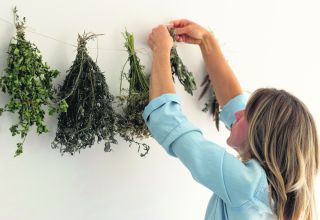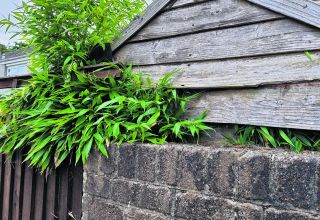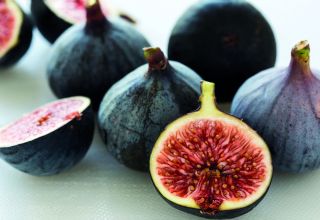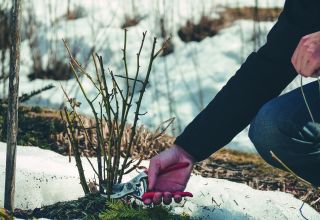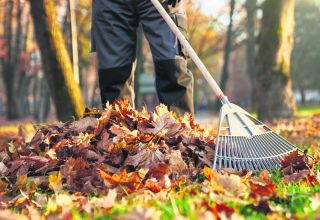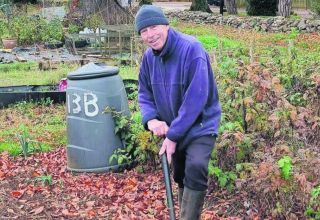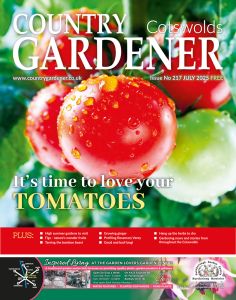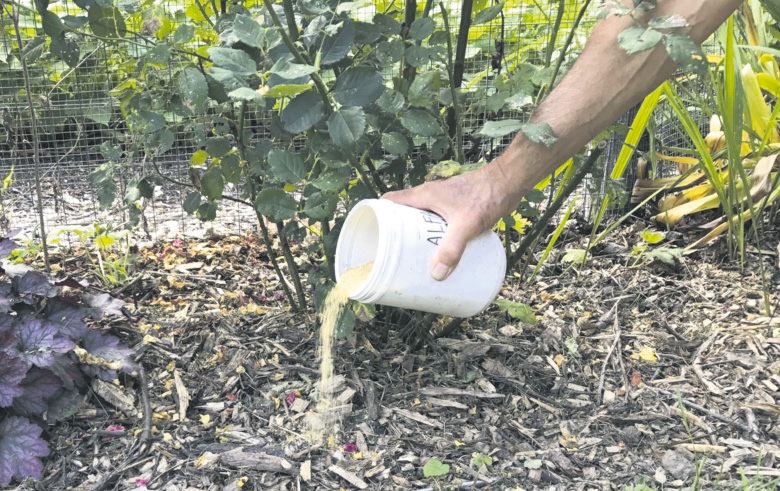
Most of us are about to be tempted to use spring fertilisers to help our plants make the most of the new season – but care is needed
Gardens are about to start waking up after the winter rest and the chances are your plants will need feeding to get them on the march into spring proper. Many won’t have been fed since the autumn.
When the sap rises growth starts to be renewed and plants, trees and shrubs need some sustenance for healthy foliage, flowering and fruiting in the weeks ahead.
In the past gardeners relied on well rotted manure or farmyard manure to give their plants an early season lift but today gardeners are bombarded by better feeds, more efficient feeds which promise lots of growing clout based on millions spent on research and development.
It’s true that in the early months of spring plants benefit from slow release feeds and soil improvers. These normally come in granular or powder from and are applied directly to the soil and rooting areas of plants and then dug in. They are better in general from liquid feeds. Although it may take longer for the plants benefit from them they remain in the soil and continue to release goodness for up to six months.
Fertilisers are concentrated sources of plant nutrients. They feed plants rather than feeding the soil. There are many different types of fertilisers available, all with different nutrient values.
Garden compost, well-rotted manure, spent mushroom compost, poultry manure and seaweed are also used to feed plants, but contain much lower concentrations of plant nutrients.
Most fertilisers are based on the three major plant nutrients:
- Nitrogen (N): For green leafy growth
- Phosphorus (P): For healthy root and shoot growth
- Potassium (K): For flowering, fruiting and general hardiness
There are many ways to apply fertilisers, and the method you choose will greatly depend on the product you are using.
Top dressing:
This is the application of quick-acting fertilisers to the soil surface around plants to stimulate growth, and is usually carried out in spring at the start of the growing season. Take care to avoid leaf contact, which can cause scorching, and to protect against over application, which could cause root damage and pollution of ground water.
Watering on:
Liquid fertilisers or soluble powders and granules can be dissolved or diluted and watered onto plant roots during the growing season to give them an instant boost. They are mainly used for feeding glasshouse crops, pot plants and bedding. The nutrients in liquid fertilisers are instantly available.
Foliar feeding:
This is the application of a dilute solution of fertiliser to the leaves of plants, useful as an emergency treatment for correcting nutrient deficiencies or for providing quick supplementary feeding. The absorption of liquid fertiliser is greatest where leaf surfaces are tender, particularly on the under surfaces of leaves or on young leaves that are just expanding.

Finding organic soil enrichers
If you are following organic principles as a gardener then going for products made of something which was alive is always a good place to start. Whether plant or animal they will be rich in trace elements which are vital for plant health and growth. Organic products on the market include mulches and enrichers such as shredded bark, garden compost and farmyard manure as well as more weighty products such as bone meal, blood, fish and bone based products and of course seaweed base fertilizers.
The Organic Garden Catalogue has a list of Soil Association approved products at wwww.organiccatalogue.com or deal direct with the Soil Association at www.soilassociation.org or call their helpline on 0117314 5000.
Is feeding always the answer?
A lot of well established trees shrubs and border plants in your garden will be able to get all the goodness they need from the soil and will not need anything extra.
If your plants aren’t doing well there may be other causes, not just a deficiency. Gardeners often assume that poor growth in garden plants is related to lack of soil nutrients and give fertiliser. In fact, results from the RHS Soil Analysis Service show that shortages of plant nutrients in the soil are quite rare. Usually poor growth is due to other environmental factors such as drought, waterlogging and weather damage. Pests and diseases are also responsible for plants making poor growth.
Make sure you buy the right feed for your soil; it sounds obvious but you have to have a clear picture of the composition of your soil before you will be able to decide what to add to it.

